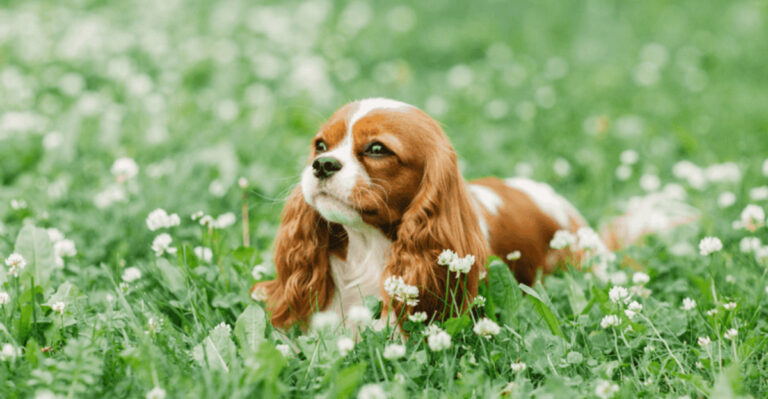21 Facts You Didn’t Know About White-Coated German Shepherds
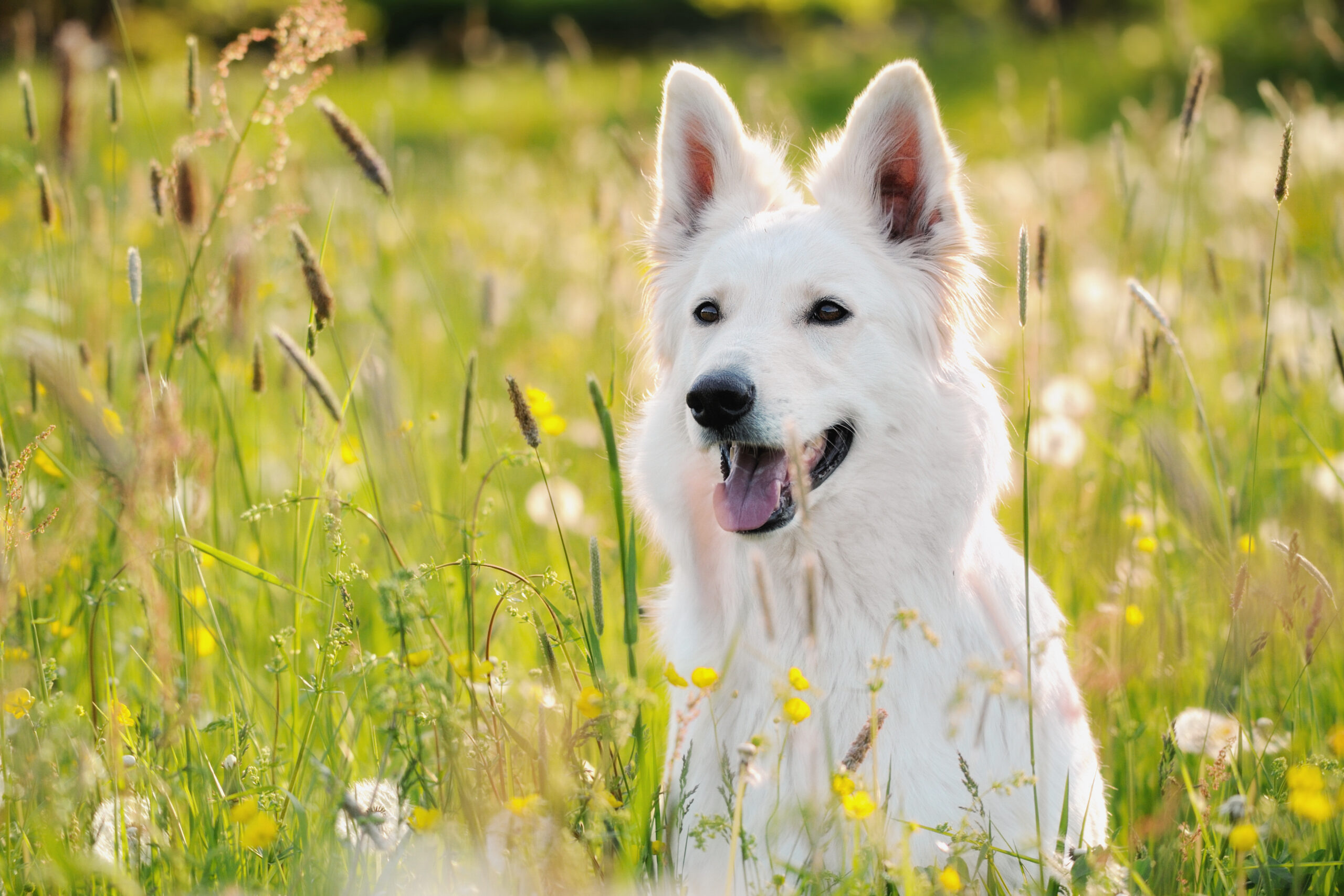
White-Coated German Shepherds are a unique and fascinating variation of the traditional German Shepherd breed. These dogs are admired not only for their stunning appearance but also for their intelligence, loyalty, and versatility.
Despite their beauty, they often face misconceptions and are sometimes overlooked in favor of their more traditionally colored counterparts. This list uncovers intriguing facts about these magnificent dogs, offering insights into their characteristics, history, and care.
Whether you’re a seasoned dog lover or new to the world of German Shepherds, these facts will illuminate the lesser-known aspects of this wonderful breed, making you appreciate them even more.
1. Unique Genetic Makeup
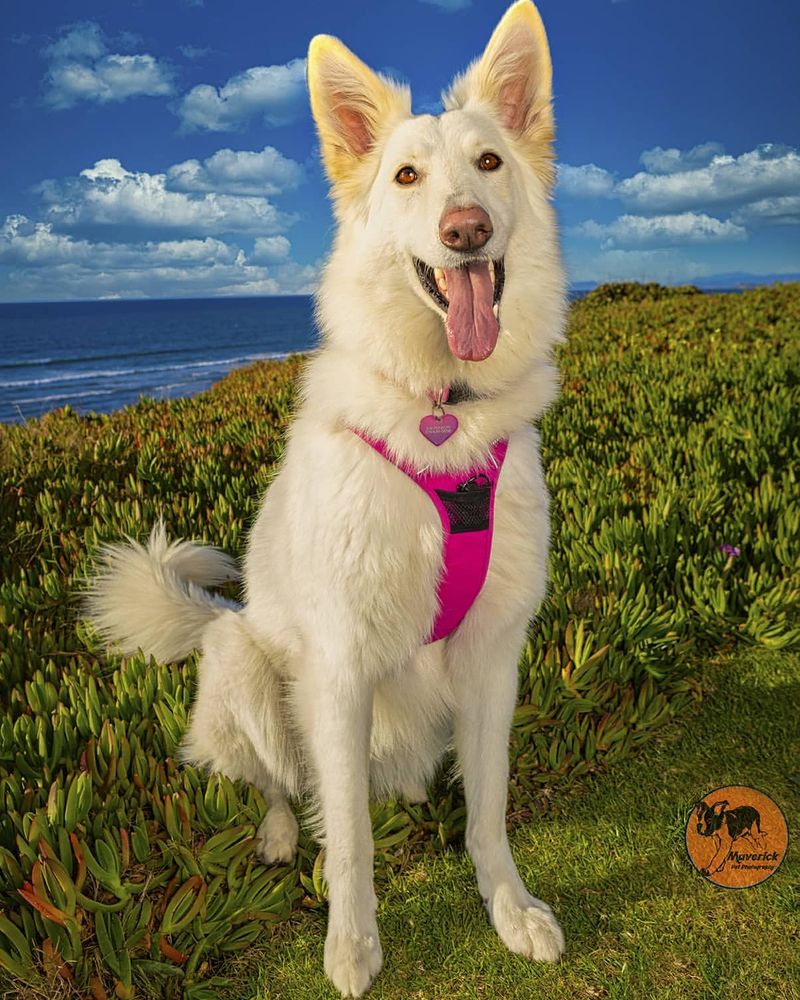
The genetic makeup of a White-Coated German Shepherd sets it apart from its colored cousins. Contrary to popular belief, the white coat is not a sign of albinism but a result of a recessive gene. This gene does not impact the dog’s health or temperament, merely its coat color.
Typically, both parent dogs must carry the gene to produce white-coated offspring. Some enthusiasts argue that this genetic variation adds to the breed’s allure and mystique. Despite misconceptions, these dogs share the same traits and capabilities as any other German Shepherd.
Their intelligence and loyalty remain unaltered. Understanding the genetic background of these dogs can help potential owners make informed decisions. Breeders prioritize health and temperament, ensuring the white coat doesn’t overshadow these crucial aspects.
Embracing the genetic uniqueness of these dogs promotes appreciation for diversity within the breed.
2. Historical Significance
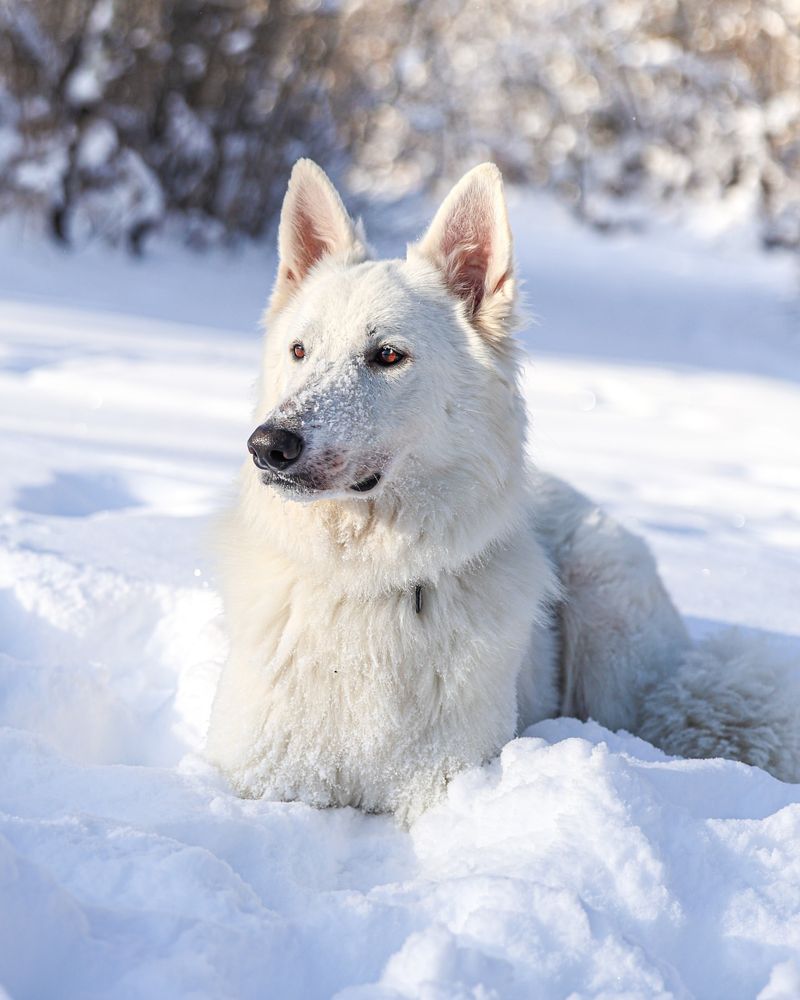
The history of White-Coated German Shepherds is as captivating as their appearance. Originating from Germany, they first gained attention in the early 20th century. However, the white coat was initially frowned upon.
Early breeders often culled white pups to maintain the breed’s traditional appearance. During the 1930s, white-coated variants were banned from major registries, including the German Shepherd Club of Germany. This ban was based on misguided beliefs about genetic inferiority.
Despite this setback, advocates in the United States worked tirelessly to preserve and promote the white-coated variety. Today, they are recognized by various kennel clubs worldwide, celebrating their unique beauty and attributes.
Understanding their history unveils a narrative of resilience and advocacy, underscoring the importance of diversity in dog breeds. The journey of White-Coated German Shepherds is a testament to the dedication of enthusiasts who cherish their distinctiveness.
3. Temperament And Intelligence
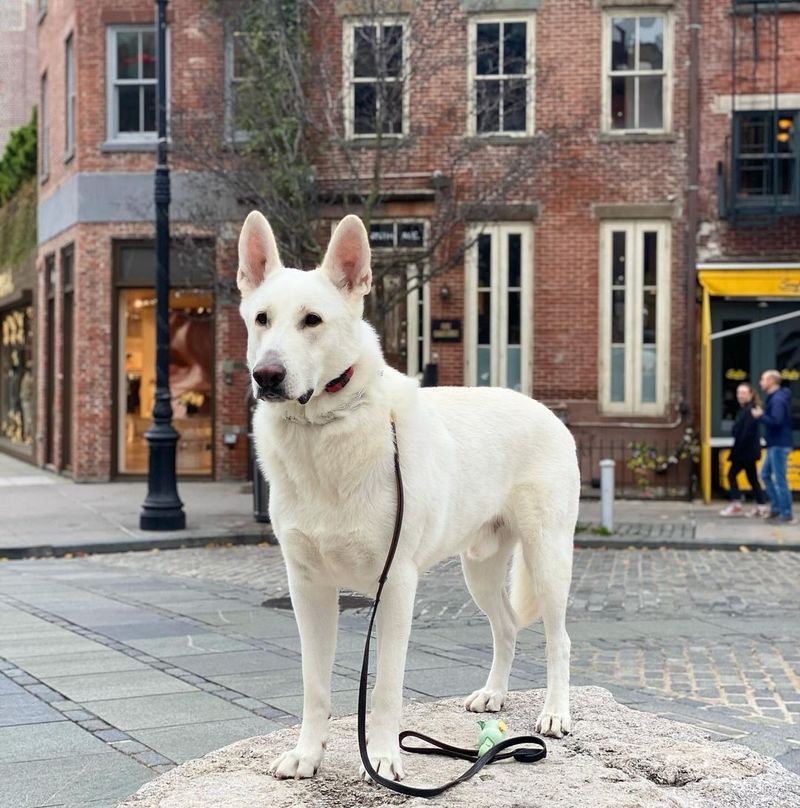
Temperament plays a significant role in the appeal of White-Coated German Shepherds. Known for their intelligence, these dogs excel in various roles, from family companions to service animals. Their keen understanding and learning abilities are comparable to their traditionally colored counterparts.
These dogs are not only smart but also highly trainable, making them ideal for families and individuals seeking a loyal companion. Their protective nature ensures they are vigilant guardians, often thriving in environments where they can actively participate.
While some might mistake their striking appearance for aloofness, these dogs are affectionate and friendly. They bond deeply with their families, providing unwavering loyalty and companionship.
Understanding their temperament helps potential owners appreciate not just their beauty, but their profound capabilities and personality.
4. Common Misconceptions
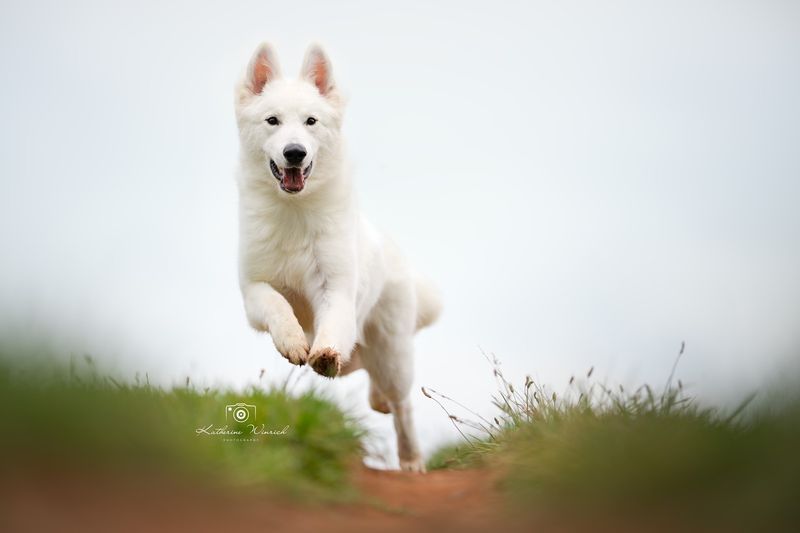
White-Coated German Shepherds often face misconceptions due to their unusual appearance. A common myth is that their white coat results in genetic flaws or health issues. This is simply untrue; their health and abilities are identical to any other German Shepherd.
Some believe they are albino, which leads to assumptions about sensitivity to sunlight. However, their pigmentation and eye color differ significantly from albino animals. Another misconception is that they are a separate breed altogether.
They are, in fact, purebred German Shepherds with a different coat color. Dispelling these myths is crucial for their acceptance and appreciation. Educating the public about these dogs helps prevent bias and promotes a more inclusive understanding of the breed.
These dogs are as robust and capable as any other, deserving recognition and love without the shadow of misconception.
5. Physical Characteristics
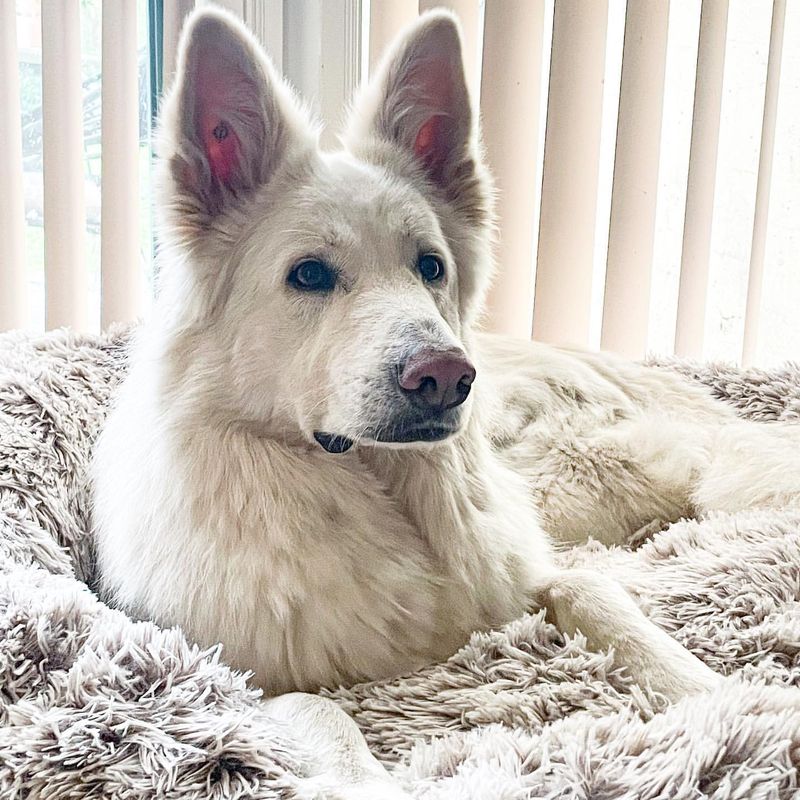
Physical characteristics of White-Coated German Shepherds are just as remarkable as their traditionally colored counterparts. Their most striking feature is, of course, their white coat, which ranges from pure white to cream.
This coat is dense and requires regular grooming to maintain its luster and health. Their body structure remains typical of the German Shepherd breed, known for its strength and agility. Erect ears and a bushy tail are other notable features.
Their white coat can sometimes make them appear more delicate, but they possess the same robust physique and endurance. These physical traits are not merely for aesthetics; they play an essential role in their versatility as working and companion dogs.
Appreciating these features enhances one’s understanding of their capabilities and the care they need.
6. Exercise Needs
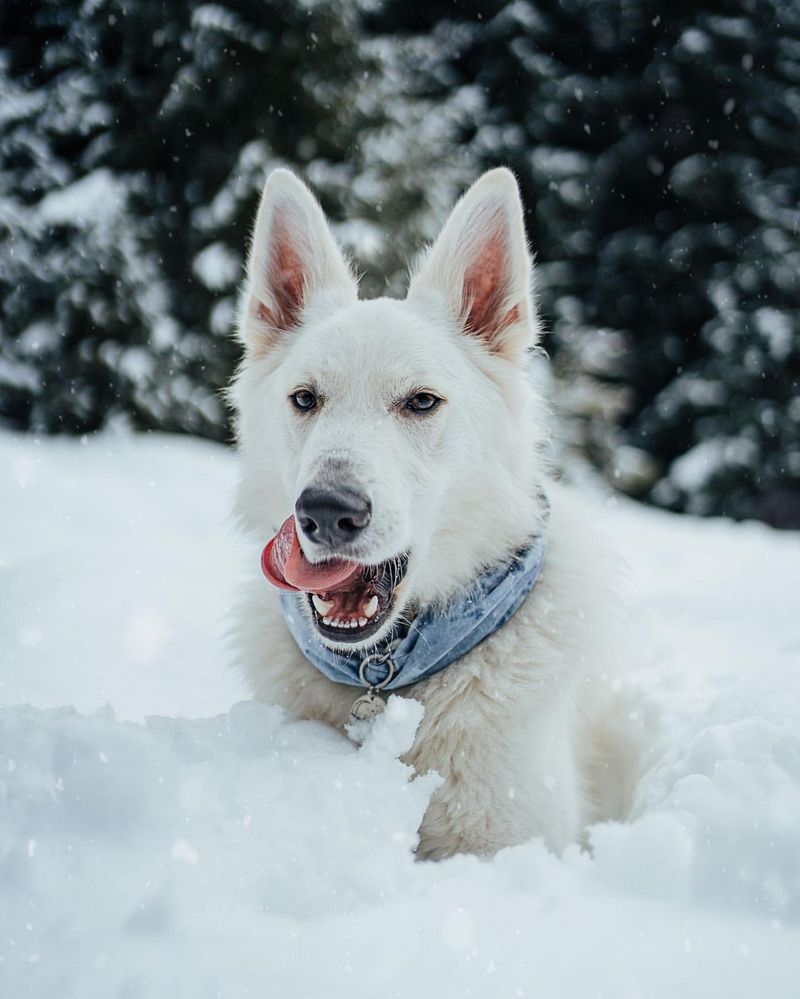
Exercise is crucial for the well-being of White-Coated German Shepherds. These energetic dogs require daily physical activity to channel their energy positively. Lack of exercise can lead to restlessness and behavioral issues.
A typical exercise regime might include long walks, runs, or interactive games like fetch. Access to open spaces allows them to explore and engage their agility and stamina. Mental stimulation is equally important, with puzzle toys and training sessions providing necessary challenges.
Proper exercise not only keeps them physically fit but also strengthens the bond between the dog and its owner. Meeting their exercise needs ensures they remain healthy and happy, showcasing their natural athleticism and enthusiasm.
Active engagement with these dogs rewards owners with a companion that is both mentally and physically balanced.
7. Socialization Importance
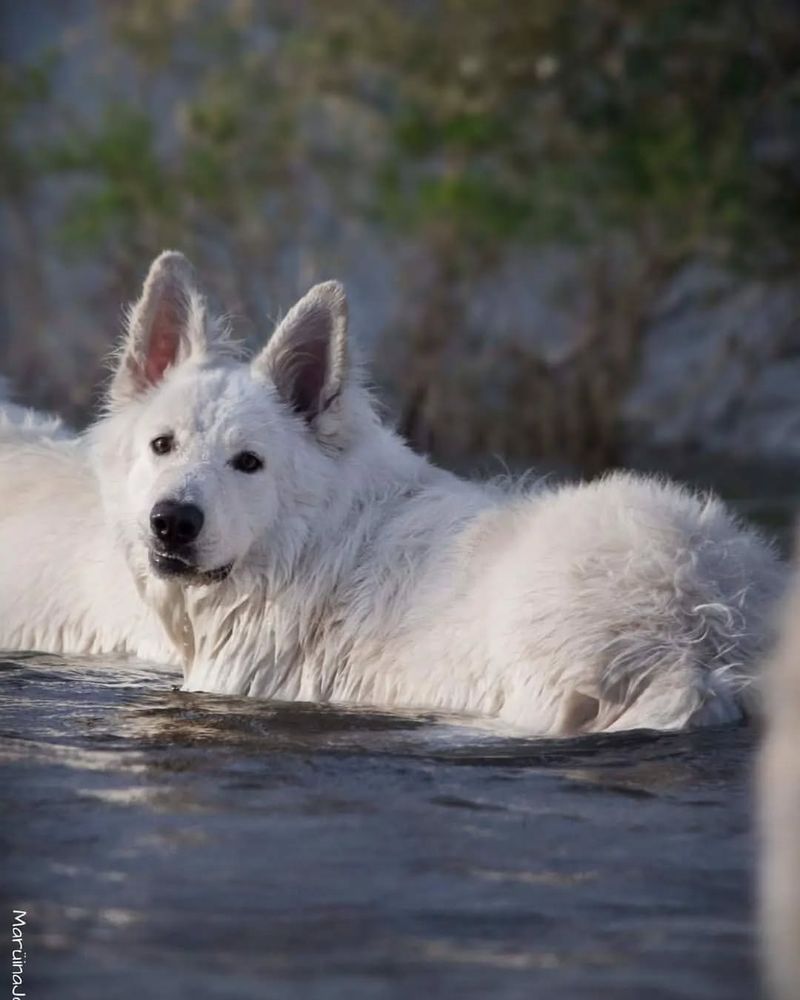
Socialization is a pivotal aspect of raising a well-rounded White-Coated German Shepherd. Introducing them to diverse environments, people, and other animals from a young age fosters confidence and sociability.
These dogs are naturally protective, so early socialization helps them distinguish between normal and threatening situations. Engaging in social activities reduces the risk of anxiety or aggressive behaviors. Puppy classes and group walks are excellent ways to enhance their social skills.
Proper socialization leads to a balanced temperament, making them adaptable to various situations. Owners who prioritize socialization will find their dogs more relaxed, friendly, and enjoyable to be around. This focus not only benefits the dog but also enhances the experience for those who interact with them.
8. Training Techniques
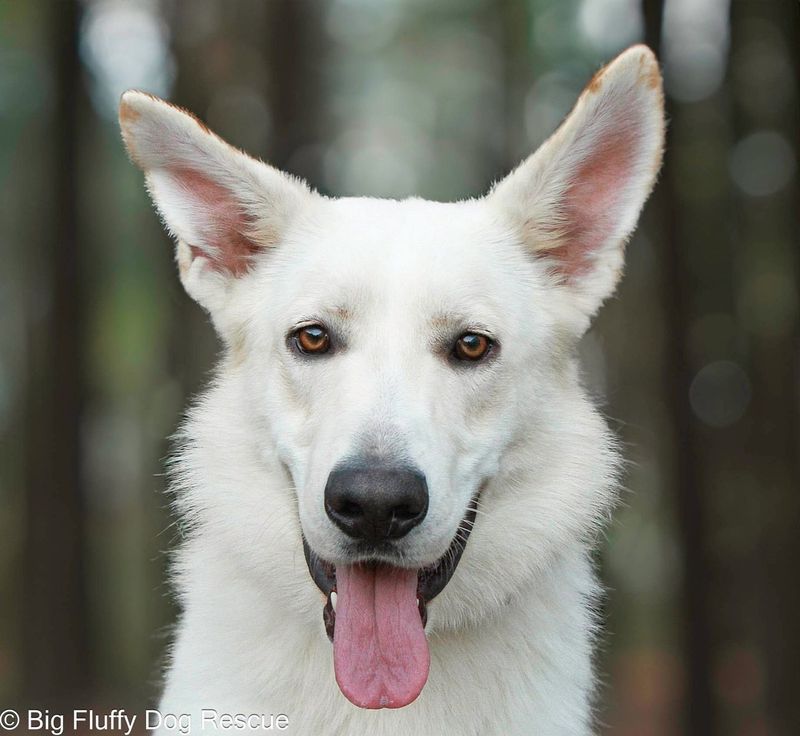
Training White-Coated German Shepherds requires consistency and patience. Their intelligence is both a boon and a challenge, as they can quickly learn commands but also develop undesirable habits if not guided properly.
Positive reinforcement is the most effective training method. Rewards like treats, praises, and playtime encourage good behavior and command compliance. It’s important to start training early, setting a foundation for obedience and respect.
Structured training sessions should be enjoyable, mentally stimulating, and varied to prevent boredom. Owners who invest in proper training gain a well-behaved, responsive companion. The effort put into training pays off with a dog that excels in obedience and adapts easily to new challenges.
9. Health Considerations
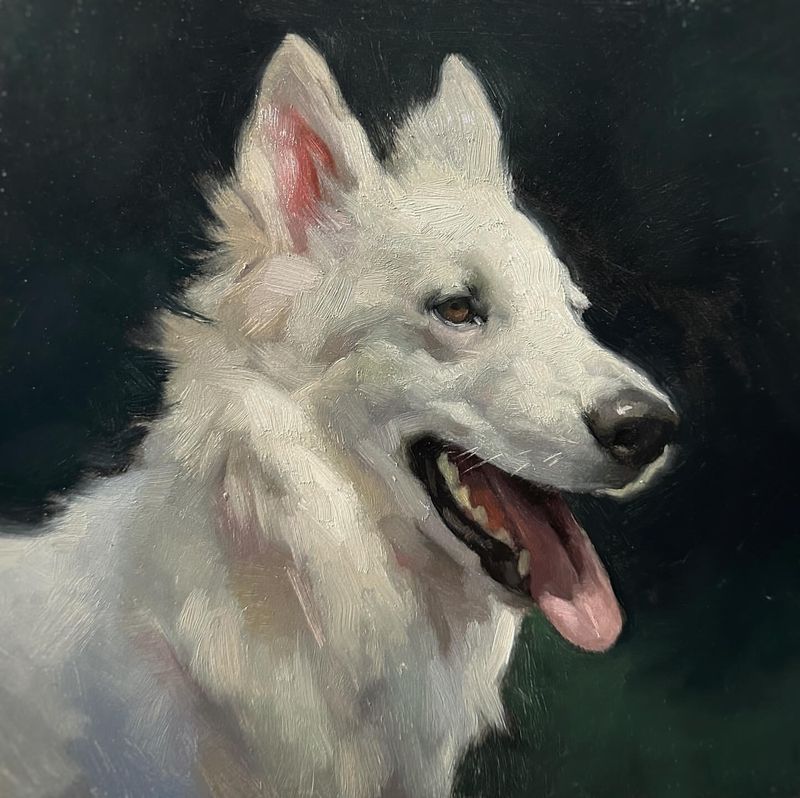
Health considerations for White-Coated German Shepherds are similar to those for any German Shepherd. Regular veterinary check-ups, a balanced diet, and proper exercise are the cornerstones of maintaining their well-being.
Common health issues include hip dysplasia and degenerative myelopathy, conditions prevalent in the breed. Early detection and treatment can mitigate these concerns, ensuring a better quality of life. Preventative care, such as vaccinations and parasite control, is essential.
Owners should also be mindful of their dog’s weight, as obesity can exacerbate joint issues. By attending to these health aspects, owners can enjoy a long, healthy companionship with their dog, highlighting the importance of proactive care.
10. Grooming Tips
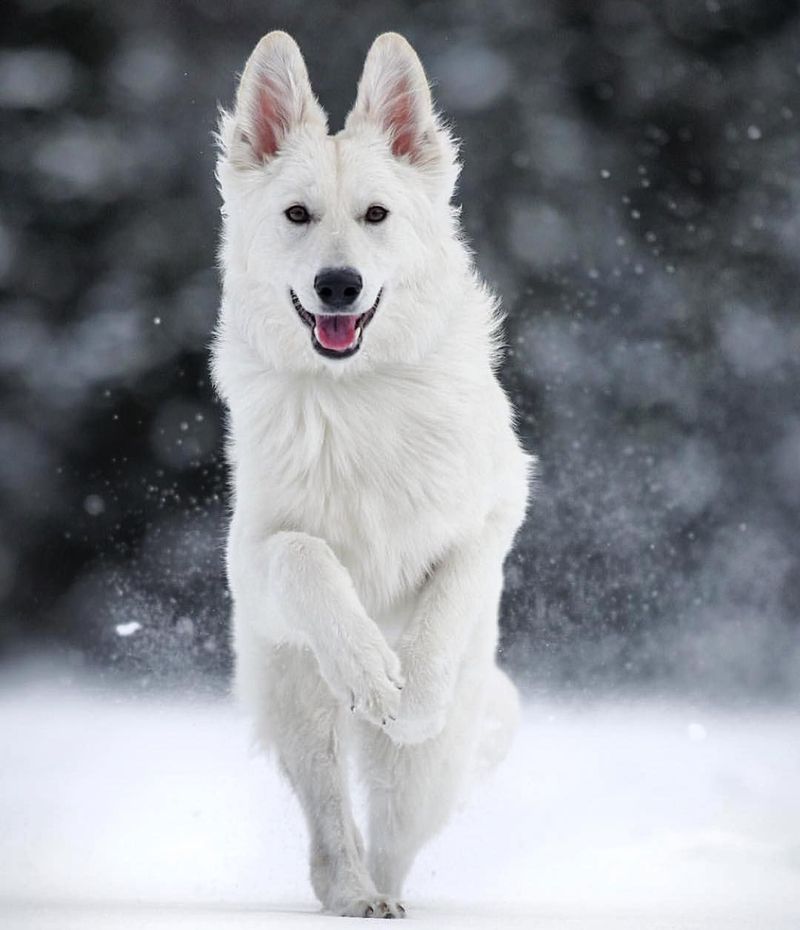
Grooming White-Coated German Shepherds requires dedication to maintain their pristine appearance. Their dense coat sheds year-round, with more significant shedding during seasonal changes. Regular brushing, at least several times a week, helps manage shedding and keeps their coat healthy.
Bathing should be done as needed, using dog-specific shampoos to preserve their coat’s natural oils. Attention should also be paid to their ears, teeth, and nails. Cleaning ears regularly prevents infections, while dental care ensures oral health.
Trimming nails prevents discomfort and injury. Consistent grooming is not just about aesthetics; it’s vital for their overall health and comfort.
11. Dietary Needs

Diet is a crucial component of a White-Coated German Shepherd’s health. These active dogs require a balanced diet rich in high-quality proteins, carbohydrates, and fats to meet their energy needs. Portion control is important, as overfeeding can lead to obesity and related health issues.
Owners should also consider age, weight, and activity level when planning meals. Fresh water must always be available to keep them hydrated. Some dogs may have specific dietary needs based on allergies or sensitivities.
Consulting with a veterinarian can guide owners in selecting the best food options. By prioritizing nutrition, owners ensure their dog remains energetic and healthy, highlighting the connection between diet and overall well-being.
12. Living Environment
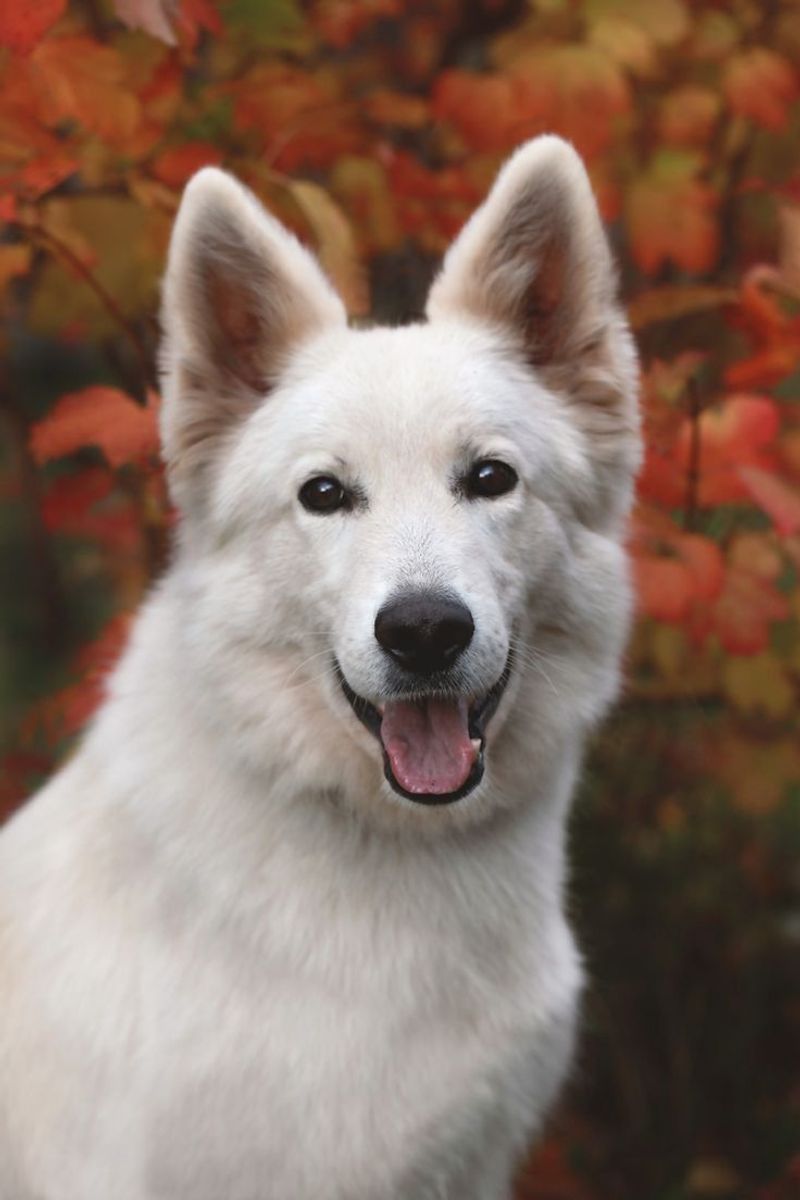
White-Coated German Shepherds adapt well to various living environments as long as their needs are met. They thrive in homes where they have space to move and exercise. While they can adapt to apartment living, regular access to outdoor areas is essential.
A secure yard provides an ideal space for them to explore and play. Indoors, they appreciate a designated resting area, such as a comfortable bed or crate. Consistent routines and boundaries contribute to their sense of security.
These dogs are social and enjoy being part of family activities. They are not suited for long periods of isolation. Providing an enriching environment enhances their quality of life and strengthens the bond with their owners.
13. Family Companionship
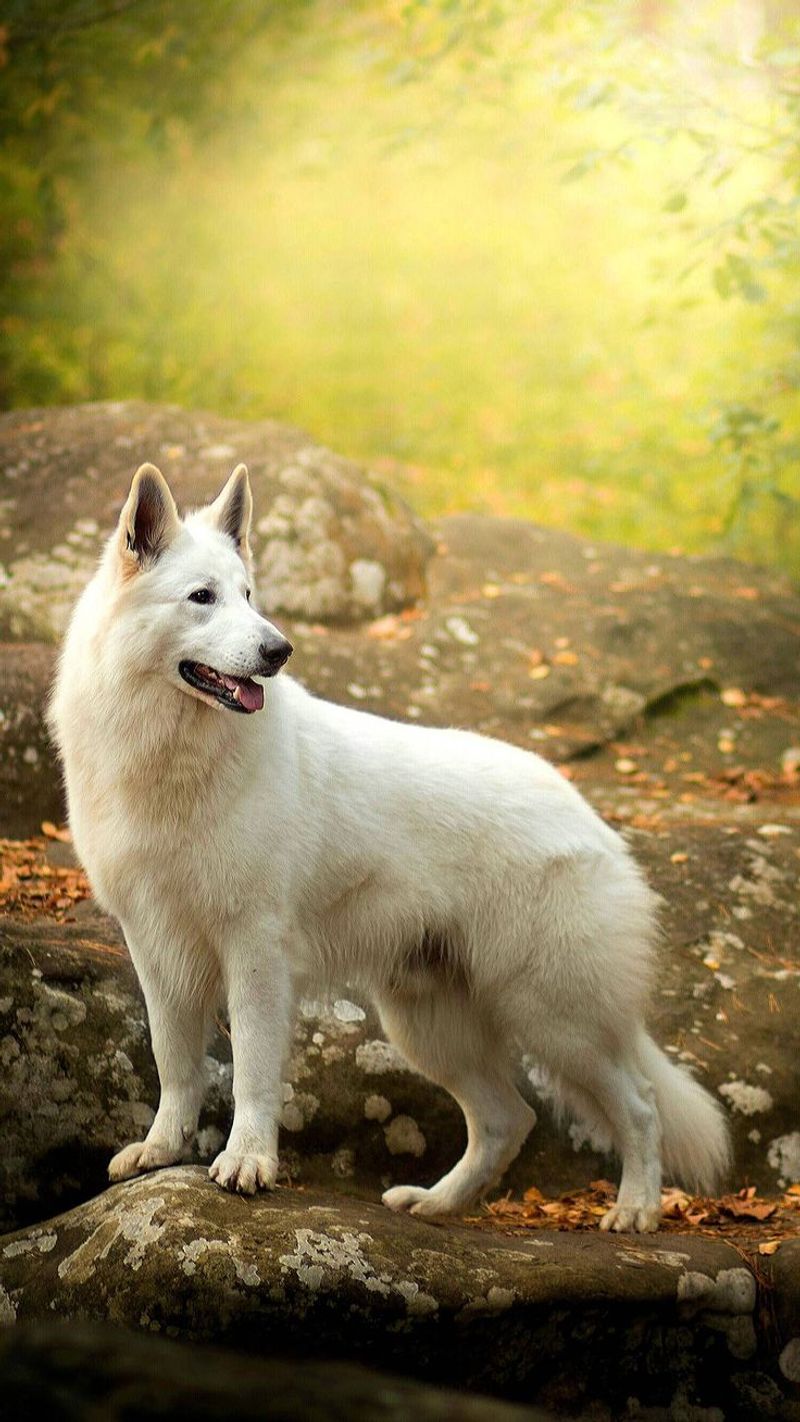
Family life with a White-Coated German Shepherd is rewarding due to their loyal and protective nature. They form deep bonds with family members, making them exceptional companions. These dogs are particularly good with children, often taking on a gentle, watchful role.
Their protective instincts ensure they are vigilant, yet they are also patient and playful, making them suitable for family settings. Their adaptability and friendly demeanor mean they can integrate well into various family dynamics.
While they enjoy being involved in activities, they also value their quiet moments. Families who embrace their dog’s companionship will find them a loving, steadfast presence in their lives.
14. Working Abilities
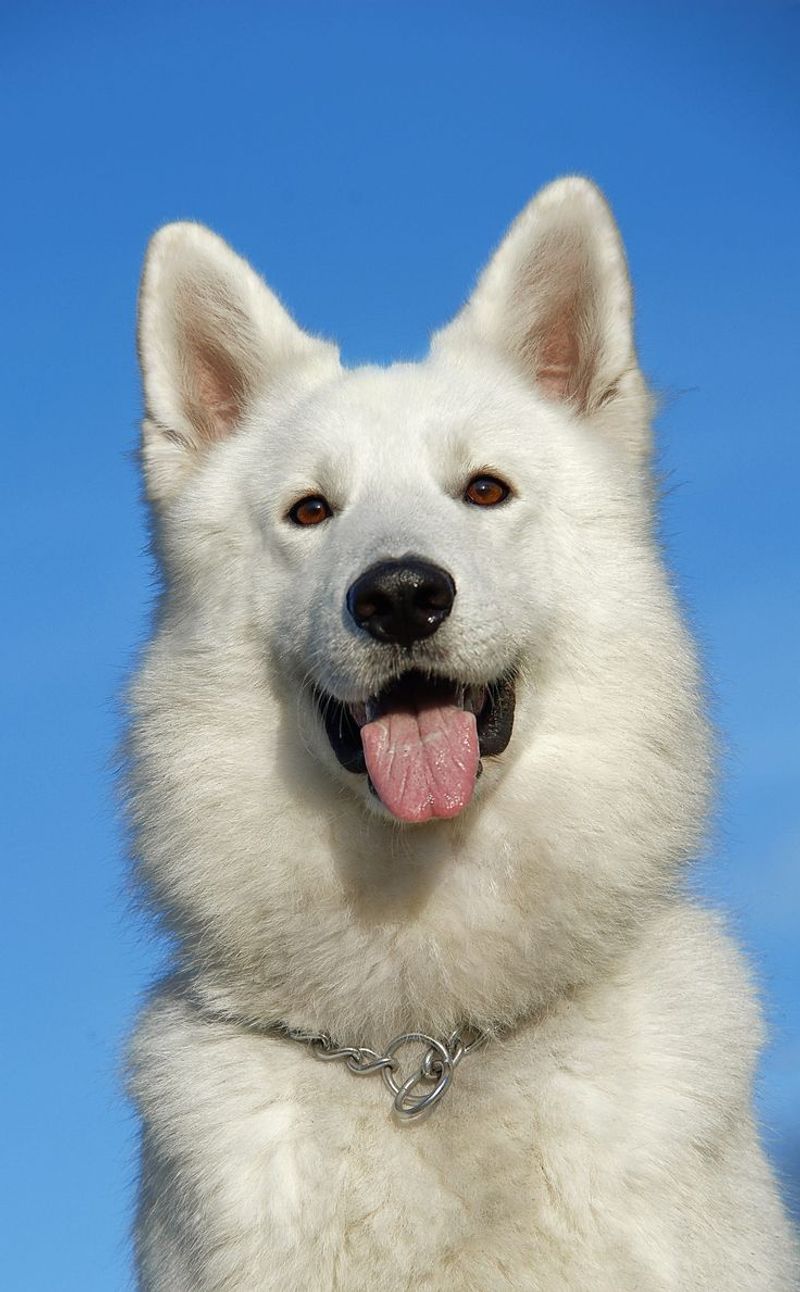
White-Coated German Shepherds boast impressive working abilities, often excelling in roles that require intelligence and determination. They are employed in various fields such as search and rescue, police work, and assistance services.
Their keen sense of smell, strength, and trainability make them ideal for demanding tasks. Their calm demeanor under pressure ensures they perform effectively in high-stress situations. These capabilities highlight their versatility and value beyond their appearance.
Owners who wish to harness their dog’s potential can engage in specialized training programs. By tapping into their innate skills, these dogs can lead fulfilling careers, contributing positively to society.
15. Popularity And Recognition
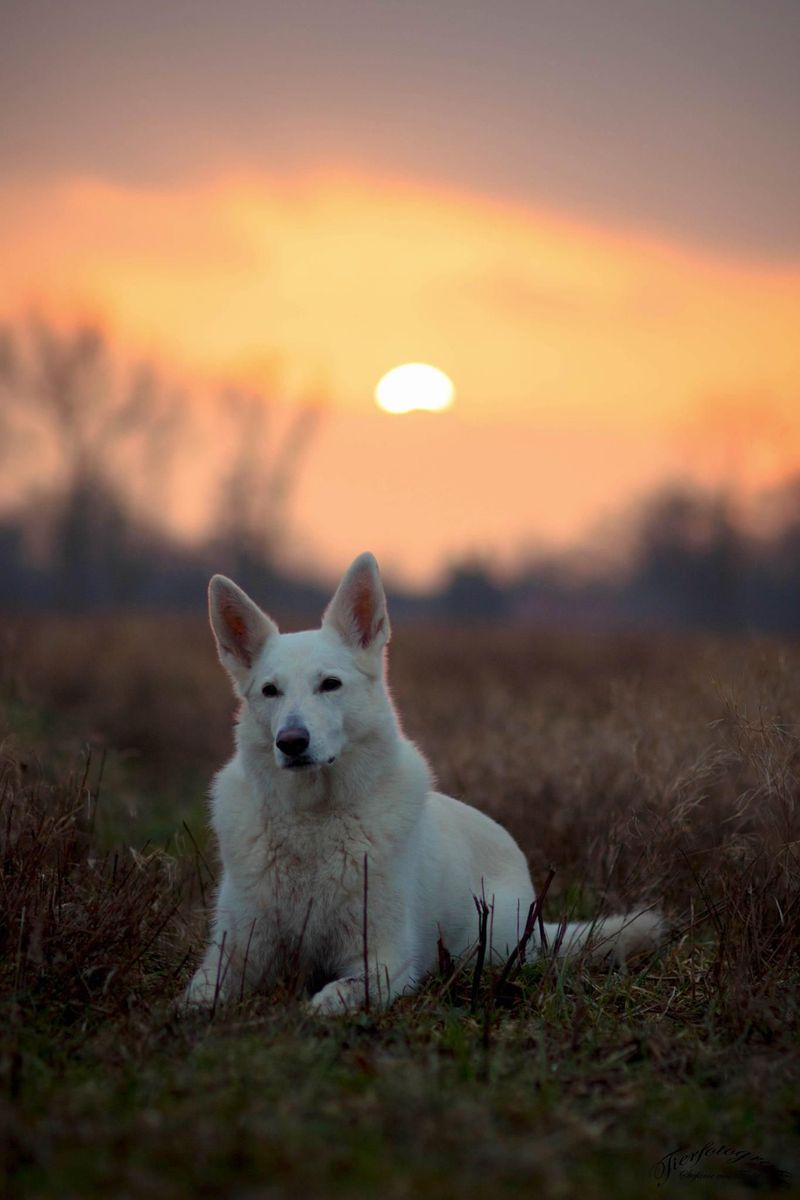
Popularity of White-Coated German Shepherds has grown, although they remain less common than their traditionally colored counterparts. Their unique appearance and temperament attract enthusiasts who appreciate their distinctiveness.
Various kennel clubs now recognize these dogs, celebrating their attributes in shows and competitions. This recognition has helped dispel myths and promote acceptance of the white coat within the breed.
Their growing popularity is a testament to the efforts of breeders and enthusiasts who value their diversity. As more people discover their qualities, these dogs continue to gain admiration and acknowledgment in the canine world.
16. Cultural Impact
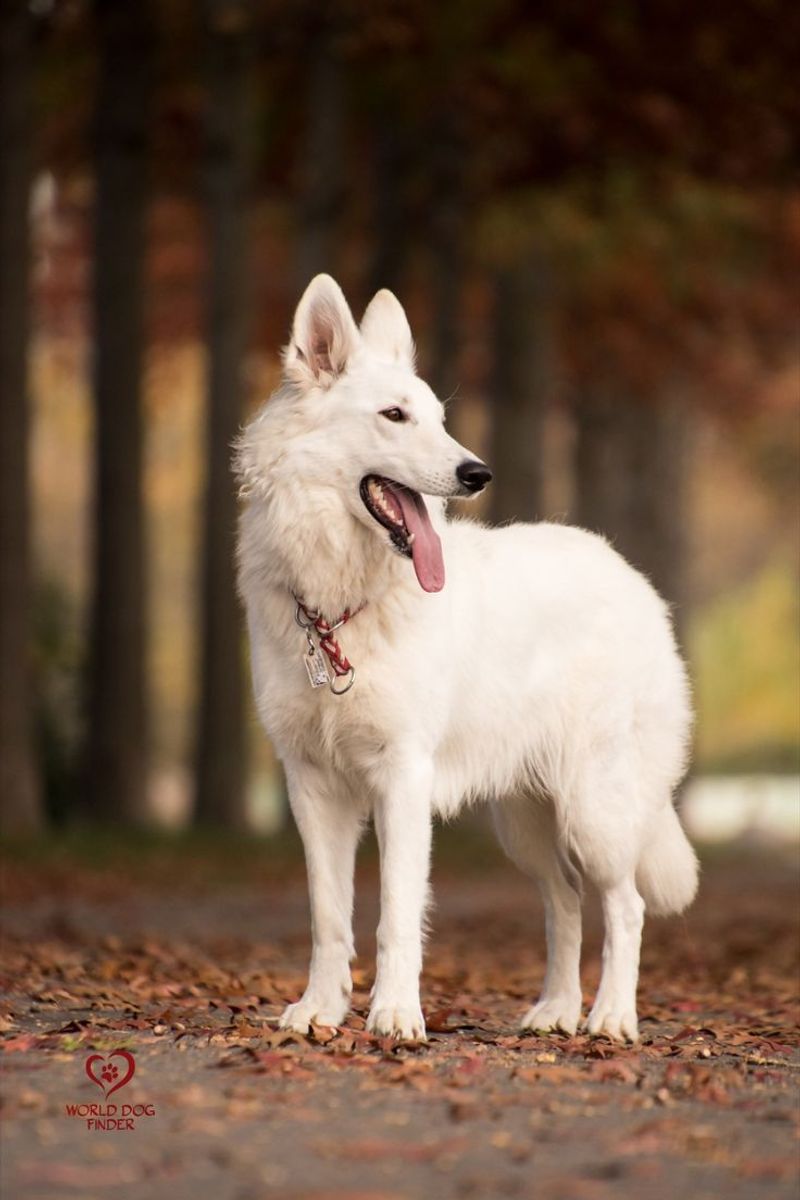
White-Coated German Shepherds have left a mark on popular culture, appearing in films, advertisements, and literature. Their striking appearance makes them a favorite for roles that require a visually captivating canine.
They symbolize loyalty, strength, and nobility, traits often highlighted in stories and visual media. Artists appreciate their aesthetic appeal, frequently featuring them in artworks that capture their grace and elegance. This presence in culture reflects their impact beyond being mere pets.
They resonate with audiences worldwide, embodying the virtues that endear them to dog lovers. Their cultural significance enhances their allure, inviting more people to explore their unique qualities.
17. Rescue And Adoption
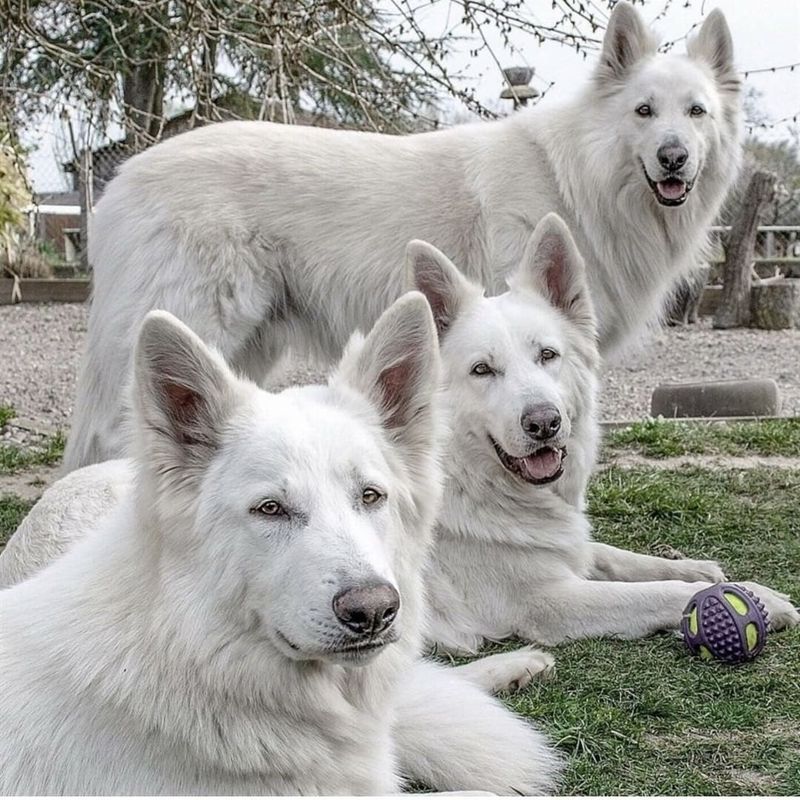
Adoption of White-Coated German Shepherds is an option for those seeking a loving companion. Many dogs in shelters need homes, and choosing to adopt provides a second chance for these animals. Rescue organizations dedicated to German Shepherds often have white-coated variants available.
These organizations assess each dog’s temperament and health, ensuring they match well with prospective owners. Adopting a rescue dog is a rewarding experience, offering companionship while helping reduce the number of animals in shelters.
It’s an opportunity to make a positive impact, providing a loving home to a dog in need. By considering adoption, potential owners contribute to a more compassionate society.
18. Special Considerations For Owners

Owning a White-Coated German Shepherd comes with its own set of considerations. Prospective owners should be prepared for the attention these dogs attract, due to their striking appearance. They require regular grooming and exercise, as well as mental stimulation.
Their social nature means they thrive in environments where they are engaged and valued members of the family. Understanding their unique needs and characteristics ensures a harmonious relationship.
Owners who commit to meeting these needs will find their dog a loyal, rewarding companion. These considerations are crucial for a fulfilling ownership experience, enhancing the bond between dog and owner.
19. Breeder Selection
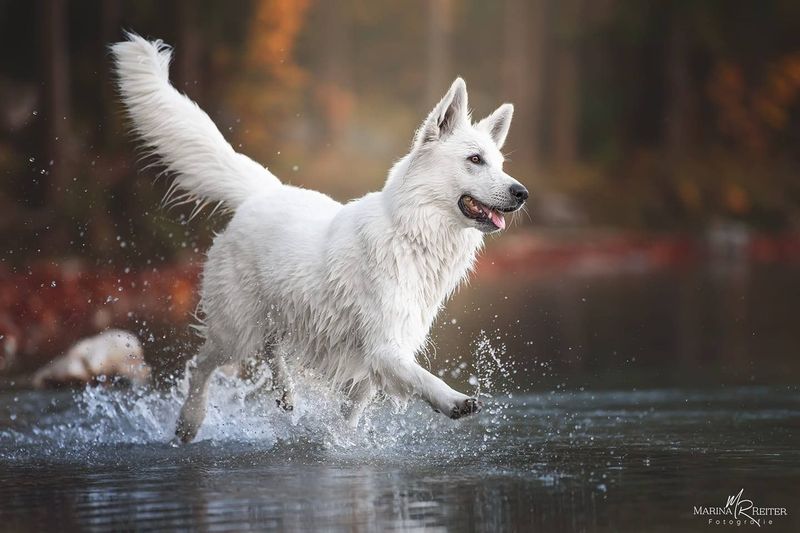
Choosing a reputable breeder is essential for those interested in acquiring a White-Coated German Shepherd. Ethical breeders prioritize health, temperament, and adherence to breed standards. Prospective buyers should seek breeders who conduct health screenings and provide transparent breeding practices.
Visiting the breeding facility offers insight into the care and environment the dogs are raised in. Engaging with reputable breeders ensures the acquisition of a well-bred, healthy dog. It supports responsible breeding practices, contributing to the overall health and quality of the breed.
This choice reflects a commitment to animal welfare and ethical standards in pet ownership.
20. Community And Support
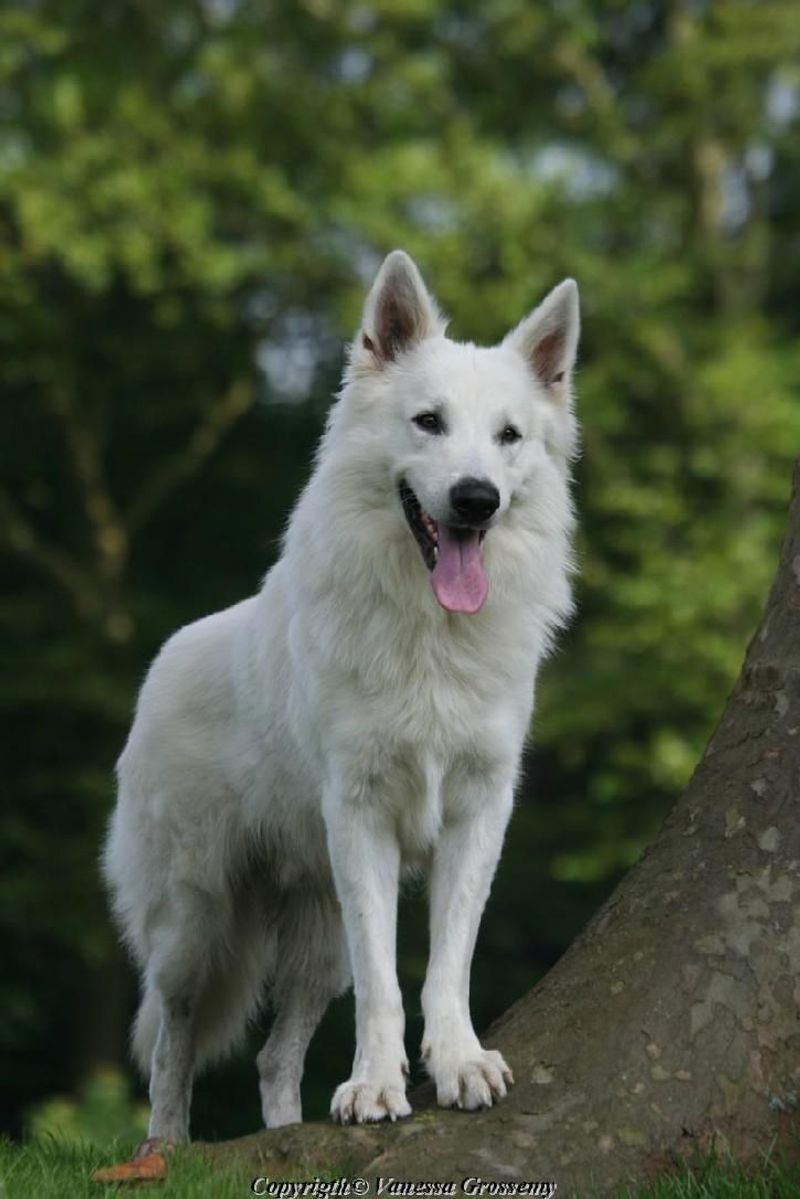
Joining a community of White-Coated German Shepherd enthusiasts provides valuable support and insights. Online forums, social media groups, and local clubs offer platforms for sharing experiences and advice.
These communities foster connections among owners, creating opportunities for meet-ups and events. They provide a wealth of knowledge on care, training, and health concerns specific to the breed. Being part of such a community enhances the ownership experience, offering camaraderie and shared passion.
It ensures owners have access to resources and support, enriching the relationship with their dog. This sense of belonging contributes positively to both owners and their dogs.
21. Future Trends
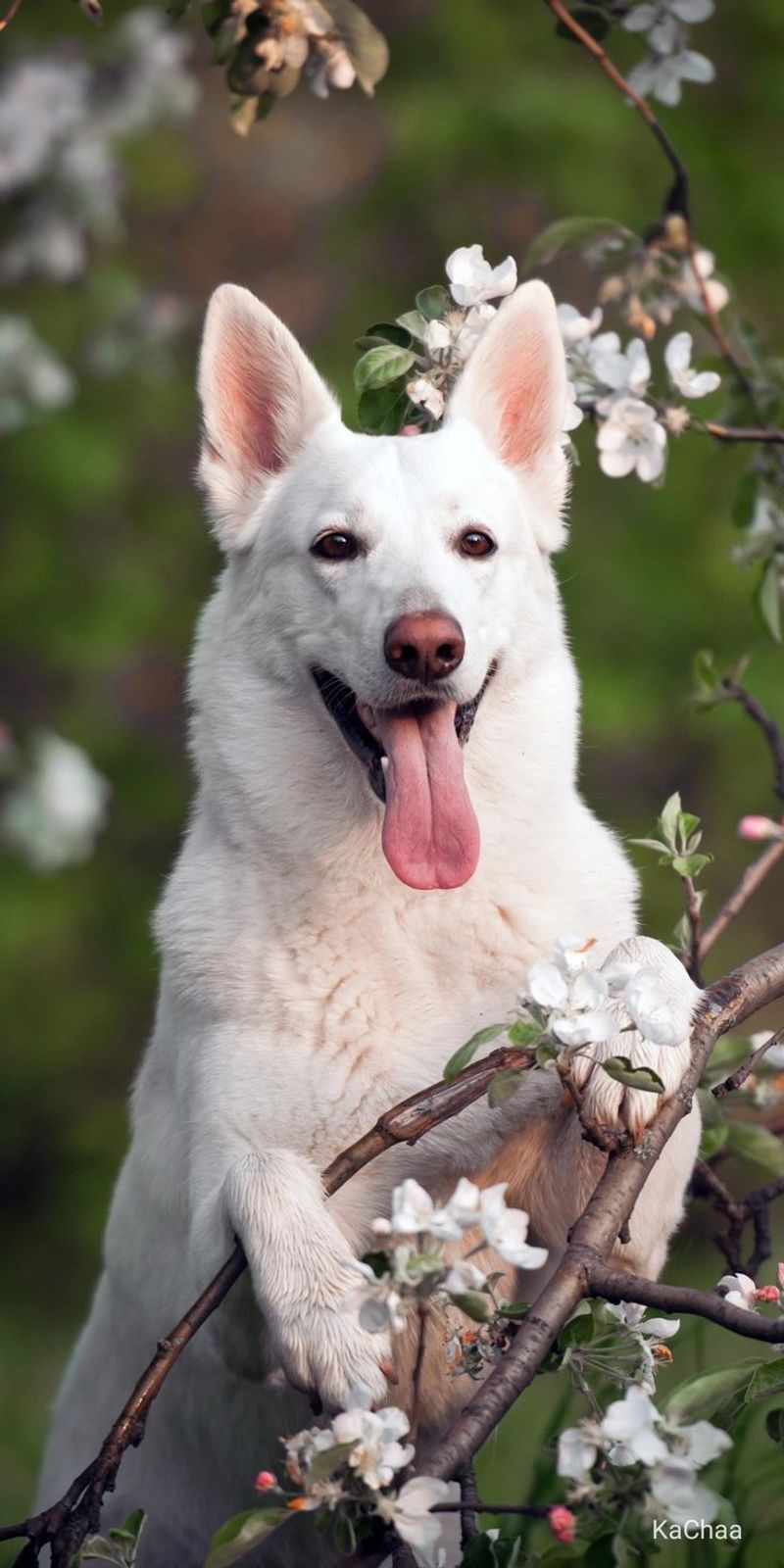
Future trends for White-Coated German Shepherds may include increased recognition and diversity within breeding programs.
As awareness grows, so does appreciation for their unique qualities. Ethical breeding practices are likely to continue being a priority, ensuring the health and well-being of these dogs. Advances in genetic research may further improve our understanding of their coat color and traits.
Owners can expect more tailored resources and products for their dogs, reflecting broader trends in pet care. These future developments promise a brighter, more informed future for White-Coated German Shepherds and their admirers.
Embracing these trends will enhance the experience for both current and future owners.






